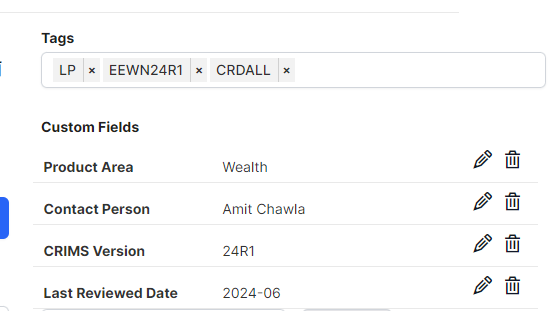Wondering what the others in the community do to track when content or course needs to be reviewed for accuracy. What’s your tracking method and what’s your cadence?
My team handles training content for technical software, and with the rapid developments of our product, it is always changing so we don’t want stale / inaccurate information existing. Curious what others do and looking forward to the reponses!


